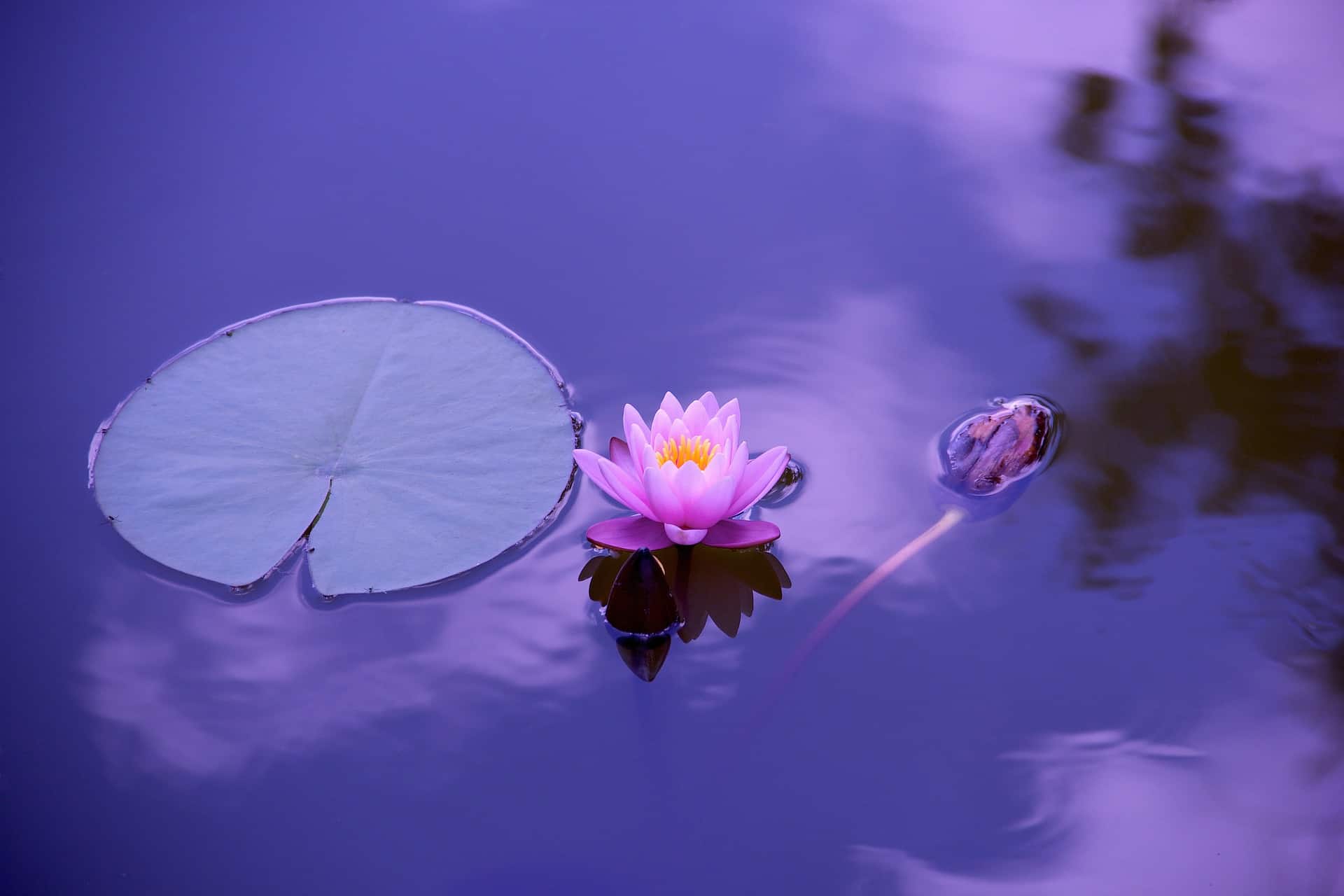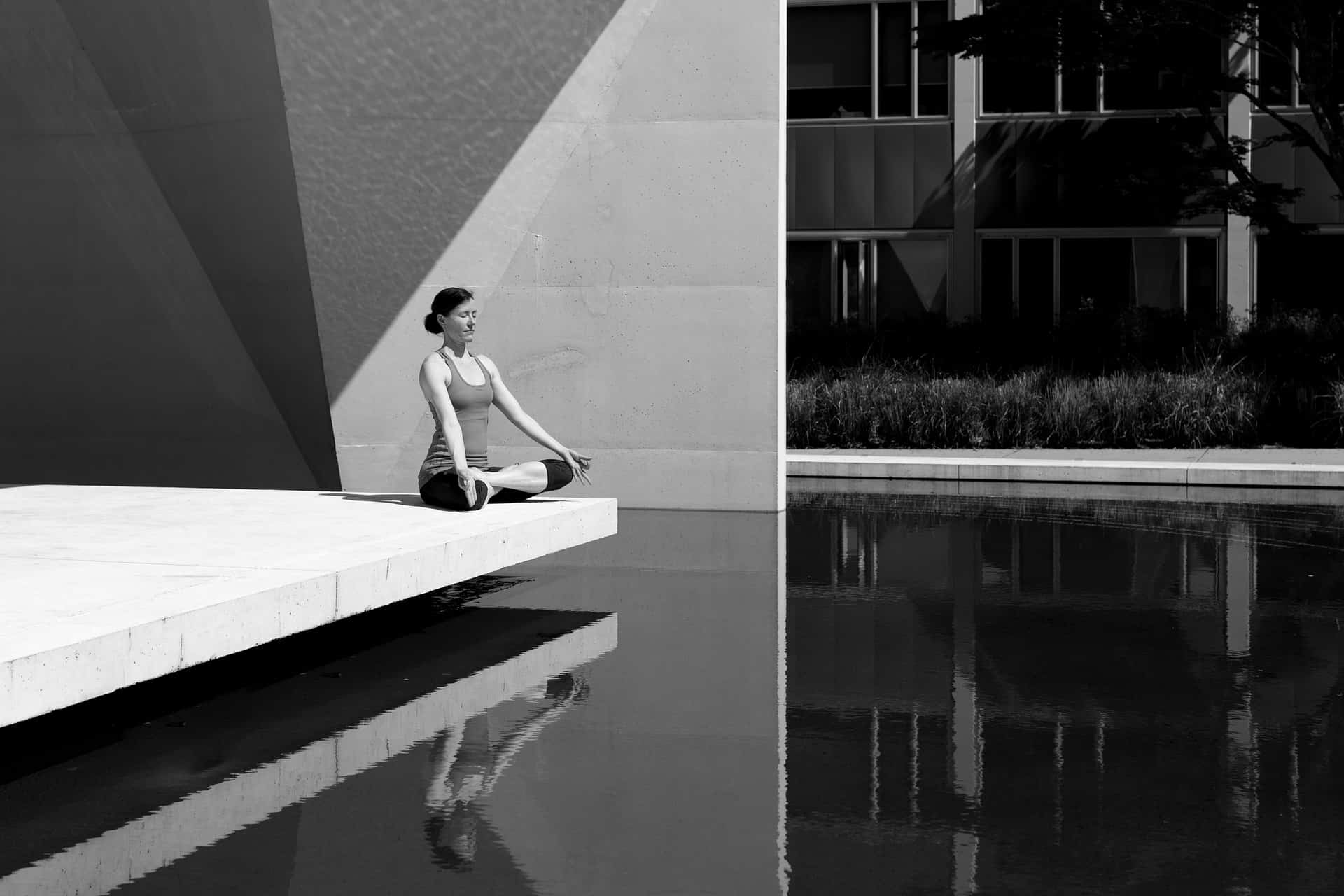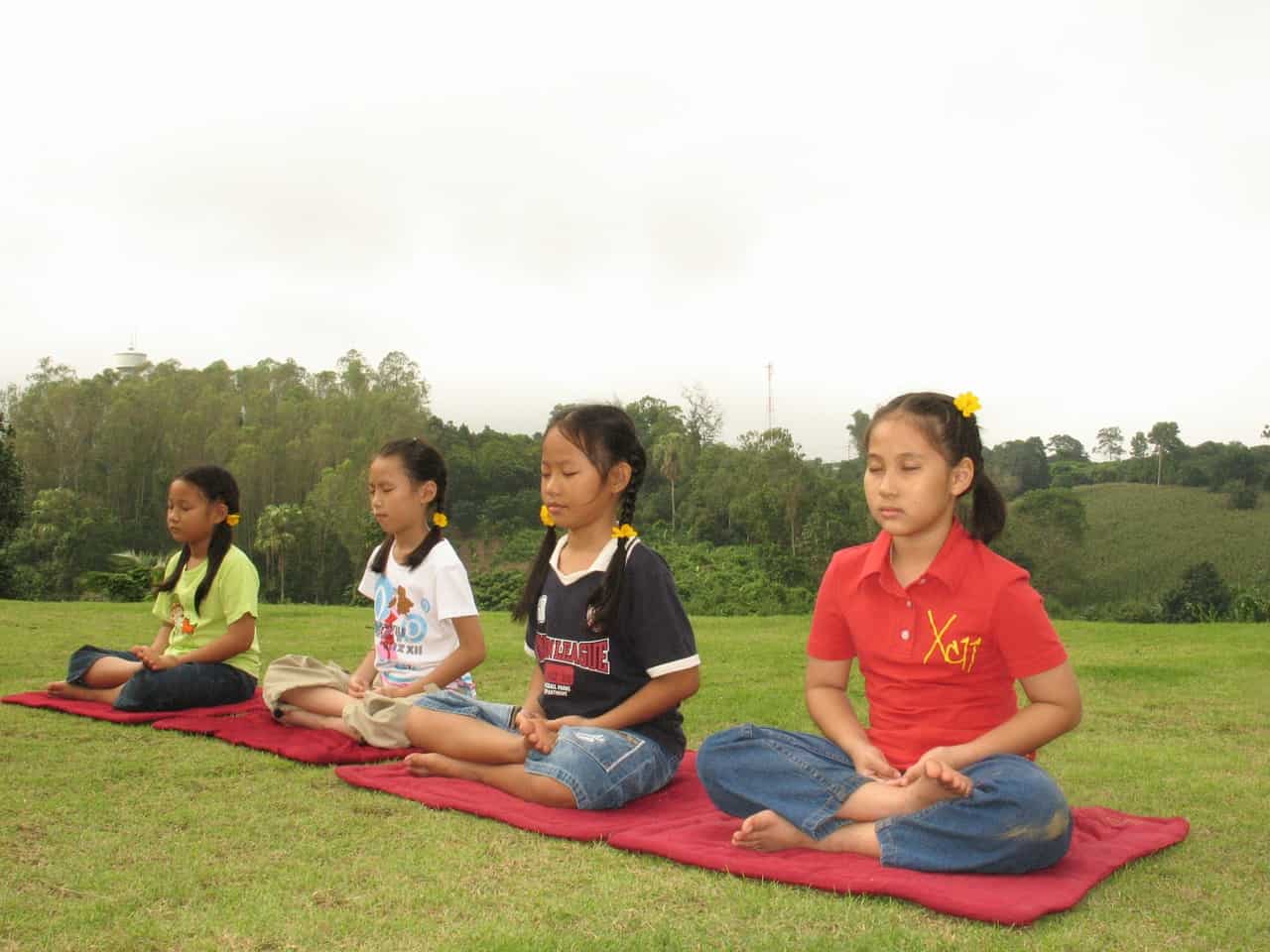This article was last updated on November 16, 2019
Introduction
Welcome to the wonderful world of meditation. I'm glad you’re here.
You’ve probably heard all about the amazing things meditation can help you with: relax your mind, calm your body, bring inner peace.
But where do you start?
If you’re interested in learning more about meditation and mindfulness, or if you're wondering where to start, you’ve come to the right place. This truly is the ultimate guide to meditation and mindfulness. Let's dive in!
CHAPTER
5
Types of meditation
CHAPTER
6
Coming soon:
Approaches
CHAPTER
7
Coming soon: More meditation resources
CHAPTER
8
Frequently Asked Questions
CHAPTER
1
What is meditation?
What is meditation?
The word meditation stems from the Latin ‘meditatum’ which means ‘to ponder.’ The Cambridge English dictionary gives two definitions of meditation, the first being:

“The act of giving your attention to only one thing, either as a religious activity or as a way of becoming calm and relaxed”
Definition of meditation according to the Cambridge English Dictionary
And the second as:

“Serious thought or study, or the product of this activity.”
Definition of meditation according to the Cambridge English Dictionary
If we break these meanings down, meditation is about focus, concentration, consideration, and being calm and relaxed. It is about learning how to work with our mind, to quiet the noise of stress and everyday life, and acknowledge our thoughts but let them go.
TIP
Meditation is about being aware of your thoughts and feelings but more as an observer rather than an active participant
By taking that ‘time out’ we allow our minds to rest, recharge, and reconnect. Just as an athlete needs to properly rest and care for their muscles to stay at optimum fitness, so we as entrepreneurs need to care for our minds, energy and emotions in order to maximise our abilities in growing our business.
What meditation is not...
To better understand what meditation is, it can be useful to explore what it is not. While meditation is about training our mind, it is not about controlling it. Neither is it about zoning out, stopping thoughts or feelings, nor is it all about earth-shattering or out-of-body experiences!
Of course, meditation can be deeply moving and life-changing, but it is more about training our minds to improve our attentiveness and to bring a sense of calm to our daily lives.

Meditation vs mindfulness
The terms meditation and mindfulness are often used interchangeably. They are both ancient spiritual practices which have become synonymous with consciousness, concentration, awareness, and their calming benefits, but they are slightly different.
Meditation is about our inner life
Through meditation we observe our own thoughts and feelings but let them pass by like clouds. It gives our mind a place to chill and take a break from the chaos of a busy life. But more than this, the process of self-observation means we learn more about ourselves and through self-knowledge we can self-improve.
Mindfulness is recognizing how we experience the external
Mindfulness is actually a type of meditation which focuses on being present and experiencing everything in the moment. We go about much of our day on autopilot, not paying attention to how outward stimuli makes us feel. Mindfulness is training the mind to be aware of what each of our sense’s experiences, even in the smallest of moments.
For example, the simple act of drinking a cup of tea. Normally, we just drink it, right? Well, mindfully, you would focus on the temperature, taste, scent, and any emotions you feel in that moment. Mindfulness helps us to be more fully engaged in activities and situations we face, allowing us to make better, more informed decisions.
What does meditation feel like?
Meditation is a very personal thing, so when you first start out on your meditation journey it can be difficult to know if you’re doing it right! There are many ways to meditate, which we will cover later in subsequent chapters, but here are a few insights into what meditation can feel like.
Generally, your meditation practice will have you find a quiet space to sit, close your eyes, and concentrate on your breathing. You’ll likely find that your mind is cluttered, busy, lots of thoughts buzzing, maybe all those things on your to-do list swimming around in your head, maybe what you’re going to eat for lunch, or say in that meeting, or how you’re going to get that prospective client to sign…
It’s tiring but it’s also natural! Our working lives have forced our minds to juggle multiple tasks and when we sit still our minds begin to fidget with nervous energy. We begin to feel overwhelmed, restless, and stressed.

Stepping out of the circus
Meditation is about retraining our minds and bringing it back to place of equilibrium. Imagine your mind in meditation as stepping out of the circus ring and sitting back and just watching that festival of thoughts from a place of calm.
It’s not about controlling the performance or even analyzing it. When you simply acknowledge your thoughts in a very objective way, you begin to feel a sense of calm. You gain a whole new awareness of yourself and how you relate to the situations around you. You may eventually feel a separation from these events and circumstances, which can give you a perspective on life, work, and what is important to you.
Little by little
Remember that meditation is a practise and this sense of calm and new way of looking at things might not happen straight away. You may struggle at first to resist jumping onto every thought and running with it. The more you meditate, the easier it will be to step out of the circus and let your mind focus and rest.
Where does meditation come from?
Meditation has been practiced around the world in different forms for centuries with multiple references to meditation across many cultures and religions, mostly in the East (India, China and Japan).
While there is no definitive answer of when it was first practised, what method or where, the earliest written record of meditation dates as around 1500 BCE. It was documented in India, in a Hindu text on Vendatism, a philosophical school of thought and path for spiritual enlightenment.
However, many historians believe meditation to be much older with it being practiced as far back as 3000 BCE. There are wall paintings dating back to 5000 BCE showing characters in seated poses with their eyes half-closed as though in deep meditation.
This ancient practice began to spread to other cultures and to the West, via the trade routes on the Silk Road, influencing other cultures and religions along the way.
Why is meditation gaining popularity again?
The Centers for Disease Control and Prevention (CDC) conducted a study into the popularity of complementary health care in the US. The study identified meditation “as the fastest-growing trend, seeing a more than threefold leap in users.”
One of the reasons for this rise is that meditation helps us deal with mounting pressures of everyday life. The modern world is fast paced, everything in an instant, needed immediately. We are constantly ‘ON’, connected and reachable like never before.
As our world speeds up, so does our stress levels. More than 80% of US workers have reported feeling stressed and have expressed that they need help in managing stress. In fact, according to the World Health Organization, stress is now a worldwide epidemic and it also has named depression as one of the leading causes of disability worldwide.
In light of this stress epidemic, more and more doctors are now recommending meditation and yoga therapy to help counteract the symptoms of stress, depression and anxiety.
Meditation...not just for hippies
Another reason that meditation is growing in popularity is through greater understanding and open-mindedness. As we come into contact with other cultures, religious beliefs, practices and traditions, there is a sharing of experiences and a mutual appreciation.
But, more than this, we are able to see the benefits of meditation and how it can improve our daily lives, our mental and emotional well-being, and our personal and professional lives.
CHAPTER
2
Why do people meditate?
The benefits of meditation
People meditate for many different reasons, but if asked why they meditate, almost every single person will give you one or more of the many health benefits. There are countless scientific studies proving how meditation has a positive impact on our physical and mental health.
Here are just some of the benefits that regular meditation brings to our overall well-being:
Meditation benefits solopreneurs
If you need an extra reason to start meditation, then how about the fact that it can also boost your business?
Better cognition means better decision making
Researchers have found that even brief meditation practice make noticeable improvements in cognition. Participants in a study published in Consciousness and Cognition reported improvements in focus, attention span, memory, the ability to manipulate information, and a greater sense of clarity and executive thinking.
If these are the results from short-term meditation, just imagine what regular and long-term meditation practice could do for your business decision making?
Improved energy levels and getting more done
As solopreneurs, we are in charge of pretty much everything in our business, unless we have some freelancers helping us out, but generally we wear many hats and work long hours. Therefore, we need to keep our energy levels up and in order to do that we need to have quality sleep which can be difficult when our brains get stuck in open loops, thinking about all those tasks we have to do.
Getting to sleep and staying asleep can be a real issue, leaving us sluggish, exhausted, and unable to focus, all of which has a negative effect on our productivity and takes a toll on our business success.
A study published in JAMA Internal Medicine found that meditation helps us deal with stressful thoughts that can keep us awake at night, helping reduce insomnia. It also improves the quality of sleep meaning you wake feeling completely refreshed and ready to take on another day!Emotional stability helps with stress
Not only does meditation improve concentration and focus, but it also helps to improve our emotional and mental well-being. We learn more about ourselves and how to master our emotions and responses, a great skill for navigating business decisions and tackling difficult situations.
Increased productivity
All of these benefits help to improve our productivity. If our minds are working at their optimum, we feel refreshed, energized, and calm then we can work much more effectively and efficiently.
The science behind meditation
As mentioned, there have been countless studies into meditation, its benefits, and its effectiveness. While we can’t go into every single scientific study in detail, we can look at the main reason WHY meditation makes us feel good...
Meditation actually changes our brain
In recent studies, Harvard neuroscientists discovered that meditation changes the landscape of our brain. The study, using MRI scans, found that meditation strengthens connections between brain cells and actually increases grey matter in the frontal cortex- the area of the brain associated with memory and decision making.
The study also found that meditation affected other regions of the brain, causing positive changes to the specific behaviors or functions that those areas are responsible for. For example:

Infographic authored by Synchronicity Foundation for Modern Spirituality. To view the original post, Free Infographic: Effects of Meditation on the Brain
Celebrities known to meditate
The benefits of meditation are no secret and there is a plethora of people jumping (or sitting quietly!) to get a ‘peace’ of the action. Here are just a few famous and highly successful people who are firm believers in the benefits of meditation:
You’ll be in good company if you decide to give meditating a go either for the health benefits alone or to improve your business mind. In our next chapter, you’ll discover what you need to get started in meditation.
CHAPTER
3
How to meditate?
One of the best things about meditation is that it is accessible. You don’t have to have any special equipment or an expensive gym membership to experience it or enjoy the benefits. Anyone can meditate and you can do it anywhere at any time.
While there is no right or wrong way to meditate, there are a few things that can help you build meditation into your life and form a new healthy habit.
How to get started, a.k.a. meditation for beginners
Choose a time and place
The first step to starting meditation is making time for it. Like any new activity you want to turn into a habit, regularity is key. Set aside some time, a few times a week and then choose a place where you can sit, quietly, and comfortably. The setting doesn’t matter too much, you can be at home or outside, in the park or just any place where you can be relatively undisturbed.
Some people find that meditating first thing in the morning helps set them up for the day. Some choose to take time out in the middle of the day to help reset and destress. According to Psychology Today, there are four optimum times for meditation:
They also suggest one time to avoid meditating which is just before bed. The reason being that it is too easy to slip into sleep. Meditating is about being relaxed, but it’s also about being fully-aware and conscious. So, falling asleep would kind of defeat the purpose!
Basically, the rule is to find a time that suits you best and that way you’ll be more likely to stick to it. Forming habits takes discipline and perseverance and the easiest way to do this is to get into a routine. Try to meditate at the same time and in the same place to help you stick to your meditation practice.
How long should you meditate to see benefits?
A 10-minute session is a good starting point for beginners to meditation practice. At this stage, it’s not so much about the duration but the frequency. As you start to feel more comfortable, you can gradually increase the time from 10 minutes to 15, and then to 20 minutes.
Remember, meditation is personal, so if 10 minutes still seems like a stretch at first, then simply start with just 1 or 2 minutes and build it up slowly as your confidence and comfort grows.
What does the research say?
Obviously, everyone and their cat has an opinion about how long you should meditate. As you could probably guess by now, there's no magic duration for meditation. But we can get quite a good idea by looking at research results on this topic, so have a look at the facts instead of opinions:
Based on the research, we can conclude that 15 to 20 minutes mindfulness meditation has proven to bring you measurable benefits. I would like to add, however, that 10, 5, or even 1 minute of mindfulness meditation is better than 0 minutes. So while 15 to 20 minutes seems to be a nice target to shoot for, don't use that as an excuse for not having enough time to meditate.
clothes
When people think of meditation, they instantly think yoga pants, but you can wear whatever you like- pyjamas, casual clothes, a suit and tie, or nothing at all (if privacy allows!). The important thing is to be completely comfortable. So, loosen anything restricting, take off your shoes if they pinch and just relax.
Pose and posture
Wherever you’ve chosen to meditate, you can sit on anything you like… again comfort is key! Most meditation experts will suggest starting off by sitting in an upright chair which keeps your back straight but is still comfortable. The best posture to adopt is, straight back, relaxed neck and shoulders, chin just slightly tucked in with your hands resting on your lap.
When you get more comfortable and familiar with the practice, you can purchase a meditation cushion and sit crossed-legged on the floor but don’t feel you need any special mats or seats to get started.
Meditation music
There are loads of tracks labeled as ‘music for meditation’ which are usually calming, atmospheric or ambient sounds. They can help you relax and focus. It’s not necessary though. Again, it’s more of a personal preference thing. Some like music, others prefer to meditate in silence.
If you do decide to meditate to music, just be careful… there is a difference between meditating while listening to music and listening to music while meditating! You don’t want to be distracted or listen to something that pumps you up or has lyrics that you end up singing along to!
Do you need a meditation app?
The same goes for meditation apps- it’s a personal preference, however, if you are a meditation newbie, then it can be a great introduction to meditation practice and helps you get into the swing of things.
There are plenty of guided meditation apps available to download to your smartphone. We’ll take a look at the best meditation apps in chapter 6 of this meditation guide so be sure to sign up to our mailing list to get the next installments!
CHAPTER
4
Meditation techniques
There are many ways to incorporate meditation and mindfulness into our daily lives. The techniques we choose may vary depending on:
In this chapter, we will cover meditation techniques for weight loss, anxiety, and sleep, and explore why and how we can bring mindfulness to our work. Lastly, we will touch on simple meditation techniques for kids and teens, and the lasting benefits these can have in their lives.

Meditation for weight loss
Food is meant to nurture our bodies. However, many individuals have turned to food to help them deal with strong, difficult emotions. According to Duke Integrative Medicine’s Dr. Adam Perlman, "People often put on weight from trying to comfort themselves with food.”
In a U.S. poll, 38 percent of adults said that stress led them to overeat or eat unhealthy foods in the past month. Among them, a significant number saw food as a distraction or way of managing stress.
Overeating can lead to sluggishness and obesity. In addition, it stirs feelings of shame and guilt. In the same study, roughly half of those who overate or consumed unhealthy meals felt disappointed with themselves or their bodies.
Mindfulness interventions can help us build a healthier relationship with food. These practices encourage us to become aware of emotional cues that lead us to overeat (or undereat), sit with difficult feelings, and listen to our bodies’ physical cues of hunger and satiation.
One such practice is mindful eating. Below are a few steps you can take to become mindful during meals.
Aside from mindful eating, other types of meditation such as mindfulness meditation can help adults manage daily stresses. A 2017 review of 19 studies suggests that mindfulness-based interventions may indeed work as a weight-loss strategy and can even curb unhealthy eating behaviors that lead to obesity.
By finding more effective and constructive ways to manage difficult feelings, people can avoid emotional eating, making it easier for them to lose or maintain their ideal weight.
Meditation for anxiety
Stress and difficult emotions can worsen certain medical conditions such as anxiety disorders. In the U.S. alone, about 40 million people have been diagnosed with a form of anxiety disorder. This includes generalized anxiety disorder (GAD), panic order, obsessive-compulsive disorder (OCD), post-traumatic stress disorder (PTSD), or specific phobias.
Does this mean that everyone else is safe from anxiety disorders? No. According to Micah Abraham, adults have a 28.8 percent chance of developing an anxiety disorder at any point in their life.
Meditation helps individuals manage their anxiety in many ways.
TIP
Meditation is not intended to replace medical treatment. It may also have negative impacts on individuals with certain mental or physical illnesses. If you have a medical condition, visit your physician to discuss the advantages and disadvantages of different meditation types on your health.
Meditation for sleep
A meditation practice before bedtime helps our bodies and minds to wind down, making it easier for us to fall asleep. There are a lot of guided meditation tracks for sleep that can help you have a deeper, restful sleep. Beginners in meditation may benefit a lot from these tracks, which are available on YouTube or in meditation apps.
Aside from guided meditation, other types of meditation can help you have a good night’s sleep. Mindfulness meditation, for instance, quiets our overstimulated brain and lets us focus solely on our breathing, our body, and the present moment. A study published in the JAMA Internal Medicine found that mindfulness meditation can help adults aged 55 or older who suffer from moderate sleep disturbances.
Tai chi, a form of movement meditation, also appears to significantly improve older adults’ sleep quality. In one study, adults with sleeping problems were randomly assigned to a tai chi class or a health education class. After 25 weeks, the tai chi group showed higher sleep quality than those in the health education group.
Mindfulness in the workplace
With deadlines, a pile of tasks, and a constant stream of distractions, it may feel like slowing down and taking a break at work is a bad idea.
Actually, it’s a great place to practice mindfulness because it’s exactly where we need its benefits most. Mindfulness can sharpen our focus, increase our productivity, and minimize mistakes we make when we rush through our day.
In addition, meditation and mindfulness can increase our compassion, help manage occupational stress, and prevent burnout. This is especially important for individuals in the helping profession, who are more prone to compassion fatigue.
Here are a few ways to be more mindful while at work:

Meditation for kids and teens
Today’s kids and teens are going through more stress and stimuli than past generations, and they are developing different ways to cope. Some are tied to their gadgets. Others overeat to manage stress, while others lose their appetite and skip meals.
Meditation can help kids and teens sharpen their focus. It can help them stay calm before exams, competitions, and other school activities.
But the benefits of starting children early on meditation goes beyond school. By teaching them how to be mindful, we give them an arsenal of tools they can use to nurture their physical and mental well-being. Meditation can help them live more fully in the moment, acknowledge their emotions, and stay calm even in difficult situations. These skills will prepare them for their responsibilities as adults, and help them better navigate life’s twists and turns.
Here are the top three ways to introduce mindfulness to your children.
For example, in this video on Anapana meditation for children and teens, an 18-year-old participant (Rosie) witnessed how her mother applied the lessons from meditation courses to her daily life, even as she battled cancer. “That really helped me be okay with her being so sick because she was so strong about it,” Rosie said. “She would always tell us that, ‘You know, everything’s changing all the time.’ She’d be very equanimous and just so inspiring. It made it easier to deal with.”

CHAPTER
5
Types of meditation
This chapter briefly discusses eight types of meditation. As you start your meditation practice, you can choose one, or try several meditation types, until you find which ones work best for you.
TIP
Most of these meditation practices do not require you to enroll in a course. They can be done in the comfort of your own home or during your work breaks.
Mindful Breathing
Put simply, mindful breathing is about focusing our attention on our breathing. It is something we can do anytime, anywhere.
It seems to be a simple practice, but hiding behind its simplicity is its power. By focusing on our breath, we practice gently bringing our wandering, hyperactive minds back to the only moment we have: Now. Our breath becomes the anchor that guides us back when we are swept away by our thoughts. In mindful breathing, we let our thoughts and feelings--no matter how uncomfortable these may be--to pass through without judgment.
Aside from helping us relax, mindful breathing increases our capacity to regulate our emotions and tolerate difficult emotions.
Mantra Meditation
In Sanskrit, “mantra” means “a thought behind a speech or action.” In mantra meditation, people choose a mantra--a syllable, word, or phrase--as their mind’s focal point. This mantra can be spoken repeatedly, or chanted only in the mind.
Similar to mindful breathing, mantra meditation helps clear the mind and relieve stress. Over time, practitioners become more aware of their environment. Depending on the mantras they’ve chosen or the intentions they have set, practitioners may feel more positive, less afraid, and more at peace with life.
Some choose mantras recommended by their religion or spiritual practice. Others choose one that matches their intention. Below are a few examples of mantras you can use.
You can search online for other Buddhist mantras, or even modern mantras you can resonate with such as “Every day in every way I’m getting better and better” which is attributed to Laura Silva.
Loving-Kindness Meditation
Also called metta bhavana, loving-kindness meditation is about nurturing unconditional love and compassion. In the Pali language, “metta” refers to love or kindness while “bhavana” means development or cultivation. The unconditional love nurtured in this meditation encompasses everyone: one’s self, our loved ones, friends, enemies, acquaintances, and people we’ve never met.
Loving-kindness meditation begins with directing unconditional love toward ourselves. After settling ourselves down with a few calming breaths, we repeat reassuring phrases or sentences. An example of such a statement comes from Gil Fronsdal’s The Issue at Hand.
“May I be happy. May I be well. May I be safe. May I be peaceful and at ease.”
We repeat the process as we think of a friend/loved one, then someone to whom we have neutral feelings, followed by someone we have difficulty dealing with. Lastly, we think of our community, country, or all human beings, directing the same wish we have for ourselves to them.

Body Scan
Body scan involves bringing our attention to each part of our body, noticing and releasing any tension we may feel. This practice helps us become more aware of our sensations, feelings, and thoughts, and develop a more positive attitude toward our bodies.
Body scans can be done either by lying down or sitting, with or without guidance, within a few minutes or longer if you prefer. If you feel strong emotions coming up during a body scan, do not repress them. Just let them pass through while you gradually pull your attention back to scanning your body.
TIP: If your emotional reactions continue to feel too overwhelming (which may happen if the practice opens up unresolved trauma), stop the body scan and consider asking support from a counselor or therapist.
Zazen
Zazen is often called sitting meditation, although some do not consider it meditation. Issho Fujita, a Japanese zen monk, explained that many meditate after sitting comfortably in kekka-fuza or the full-lotus position. In this sense, meditation is seen primarily as a “mental exercise.” In contrast, the goal in Zazen is to simply maintain the proper sitting posture, and both body and mind are involved in this singular activity.
QUOTE: “While most meditation tends to focus on the Head, zazen focuses more on the living holistic body-mind framework, allowing the Head to exist without giving it any pre-eminence.” - Issho Fujita
To practice Zazen, sit in a full lotus position, with your hands folded into the cosmic mudra. (You can also opt to sit on a chair or do the Burmese, half lotus, or seiza position.) Then, focus on breathing through your nose. Keep your mouth closed and your eyes half-open. Count your breaths from 1 to 10, and then start back at 1.
Mental Noting Meditation
This meditation involves taking note of what one is hearing (ex., ticking, rain, barking), feeling (ex., excitement, fear, impatience), or thinking (ex., music, play, work, vacation). These short notes--preferably a word or two--are said at the moment the feeling or sensation arises. Once we acknowledge it, we let it go instead of dwelling on it.
As with other meditation practices, taking mental notes helps us be more present and detached without repressing or denying our experiences. It can also help us identify thought patterns and recurring feelings we may not be fully aware of.
Trataka Meditation
“Trataka” means “to gaze.” In Trataka meditation, we focus our eyes on a single point without blinking. This point can be something external, such as a candle flame or a dot on the wall. It can also be internal, i.e., our Ajna chakra or third eye, which is located at the center of our forehead. As such, some refer to trataka meditation as the “meditation of the third eye.”
If you want to use a candle flame as your object of focus, find a candle made of non-toxic materials. Keep a comfortable distance between you and the candle; you should not be too close nor too far. The candle’s flame should be at your eye level. Close the windows or turn off fans that may cause the flame to flicker or become unsteady. Focus on the flame until your eyes start to water. Then close your eyes and create a mental image of this flame. Bring this image to your third eye’s location, i.e., the middle of your forehead.
Aside from helping you relax, trataka meditation can improve your concentration, eyesight, and the quality of your sleep.

Vipassana Meditation
Vipassana meditation (also called insight meditation) is an ancient meditation technique taught in India. Vipassana means “to see things as they are,” and vipassana meditation is essentially a practice of self-observation.
A vipassana meditation course can take from 10 days to several weeks. During the training, participants practice sila (morality) by avoiding misconduct, lying, or consuming intoxicants such as alcohol. Then they practice anapana meditation, where they focus on their breath. This strengthens samadhi (concentration), allowing participants to master their minds.
The last step is vipassana, during which participants observe their sensations without acting on these. Vipassana meditation thus helps participants become more aware of their inner nature, and stay equanimous in any situation. As participants learn to remain undisturbed by external events, they gradually break free from mental attachments that bring them psychological distress or pain.TIP
I will cover several approaches to mindfulness meditation in the next chapter, which is coming soon!
CHAPTER
8
Frequently Asked Questions
Is there a “recommended” amount of time to spend meditating each day?
This is a common question: "How much meditation is enough?", "How long should I meditate?".
Based on published research, we can conclude that 15 to 20 minutes mindfulness meditation has proven to bring you measurable benefits. I would like to add however, that 10, 5, or even 1 minute of mindfulness meditation is better than 0 minutes. So while 15 to 20 minutes seems to be a nice target to shoot for, don't use that as an excuse for not having enough time to meditate 😉
🖊 This article was last updated on May 28, 2020
- These Black Friday deals will skyrocket your productivity (2021 edition) - November 11, 2021
- How to Stay Productive as a Digital Nomad - December 23, 2019
- When is the right time to outsource? - December 3, 2019


This is extremely helpful. Detailed and well-written. I haven’t really bought into meditation for myself personally, but might give it a go after reading this.
Thank you for the kind words, Dorothy! I can definitely recommend giving it a go 🙂
Awesome guide…I’ve been meditating for years and there is so much to learn to really understand it.
I agree. I’ve been meditating for years as well, but there’s a ton that came up during my research that I didn’t know about meditation (like the different meditation types in chapter #5 for example)